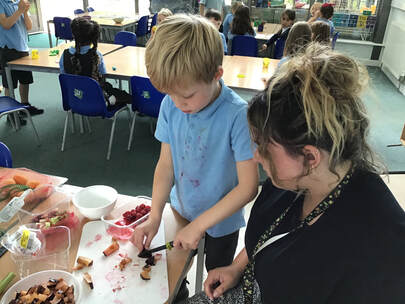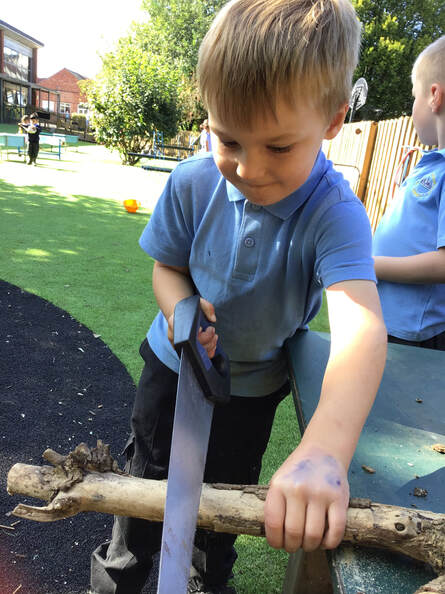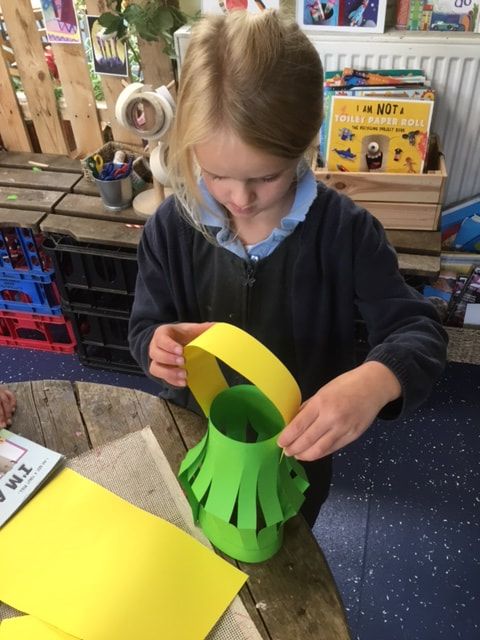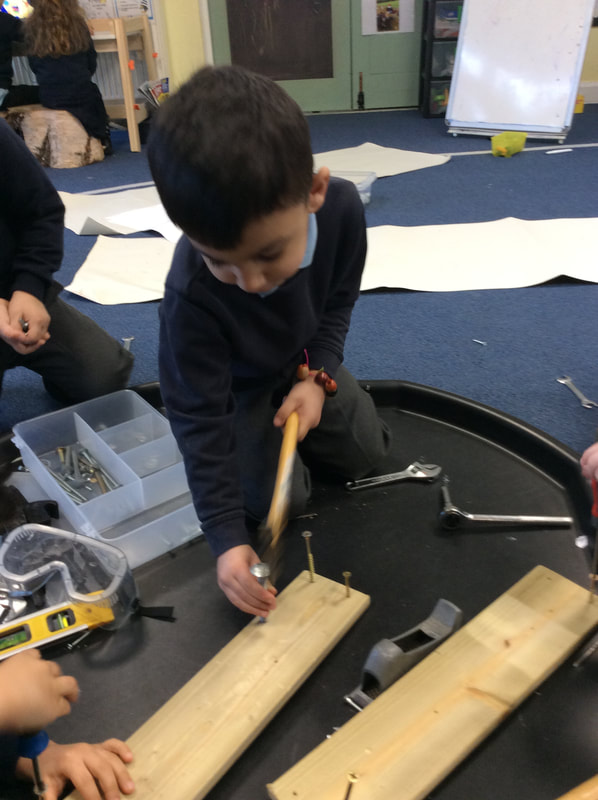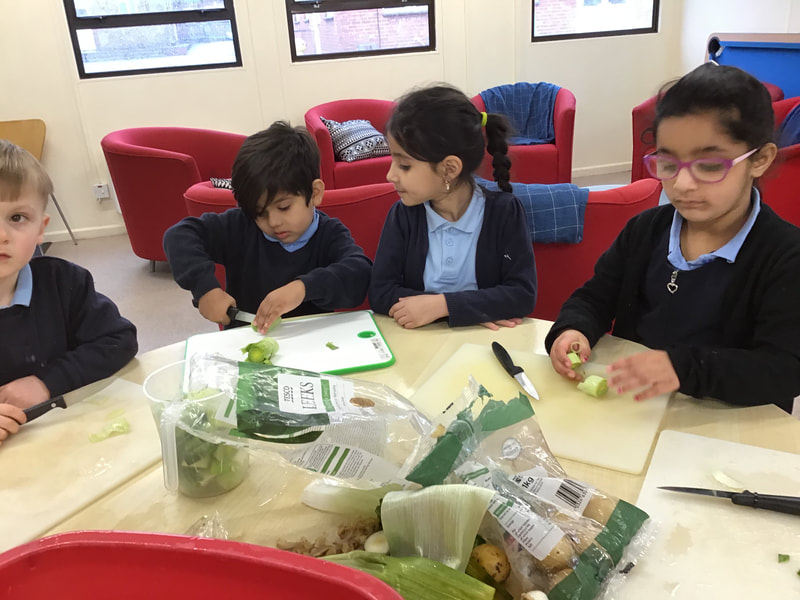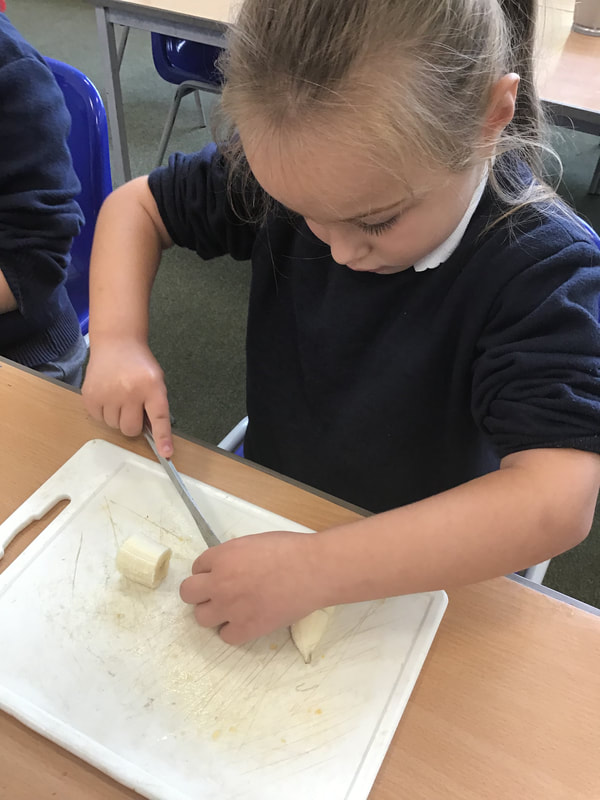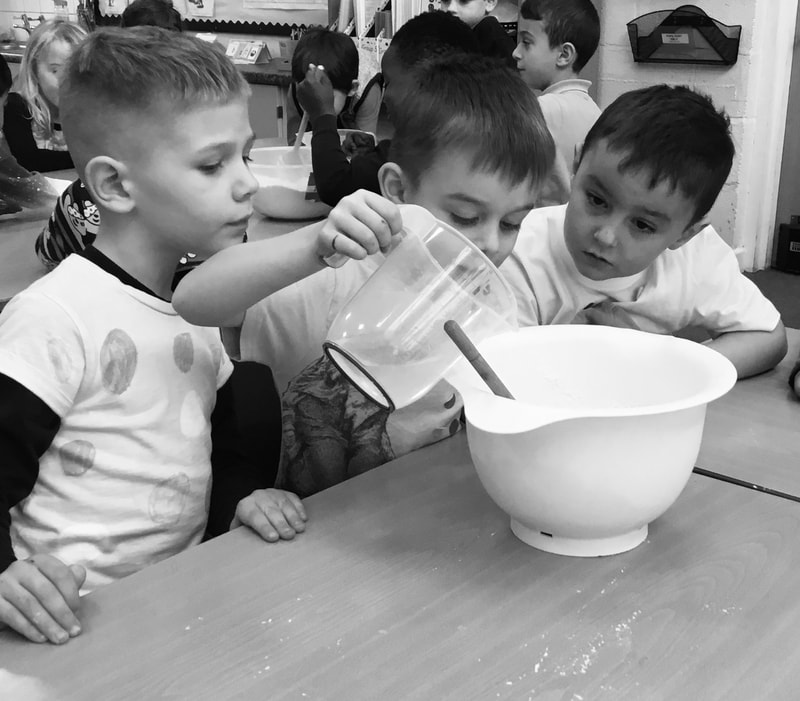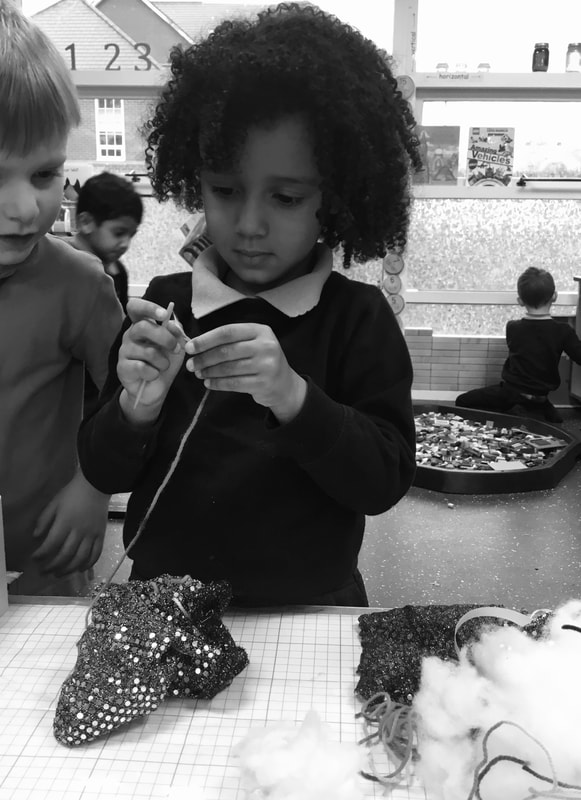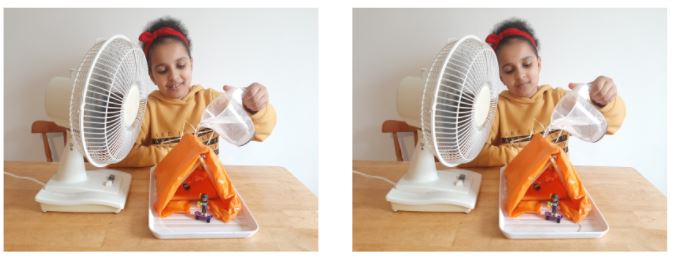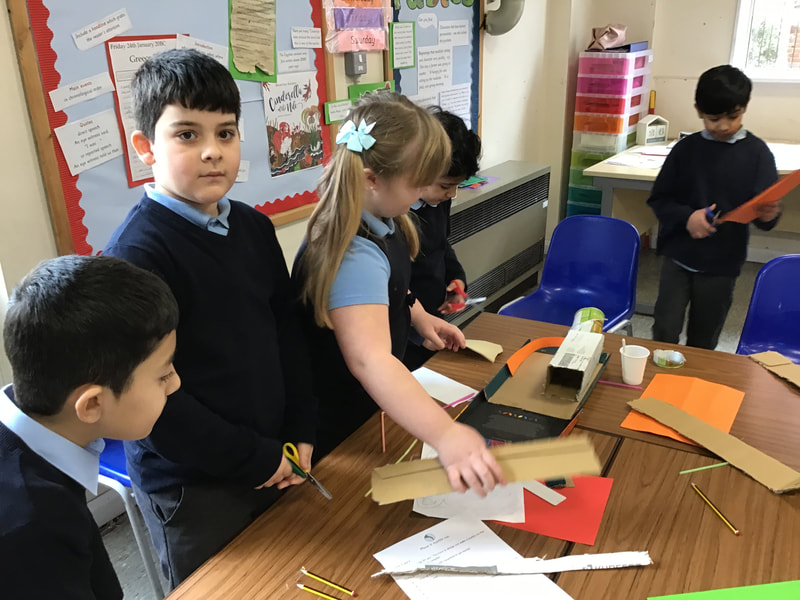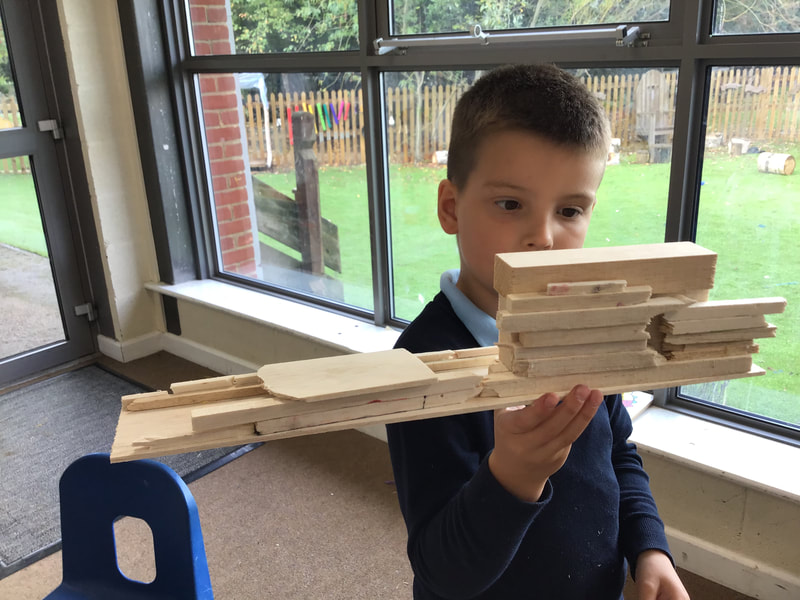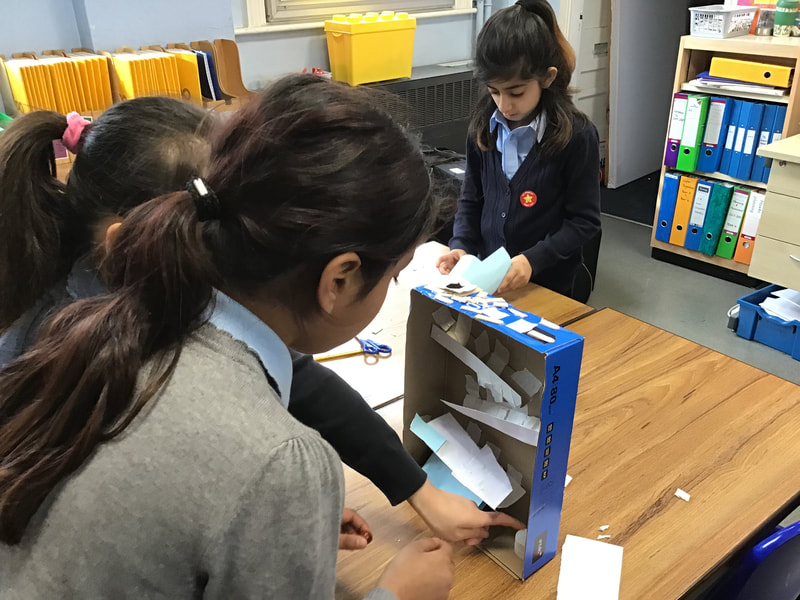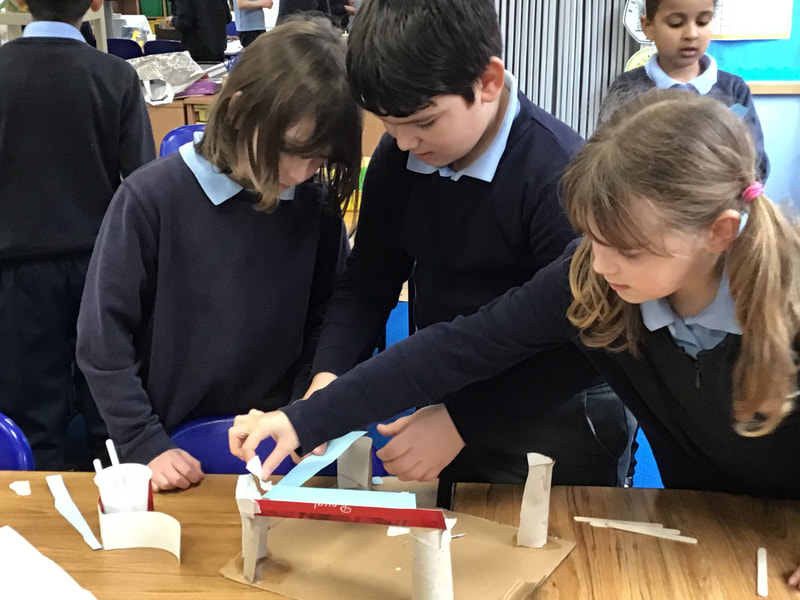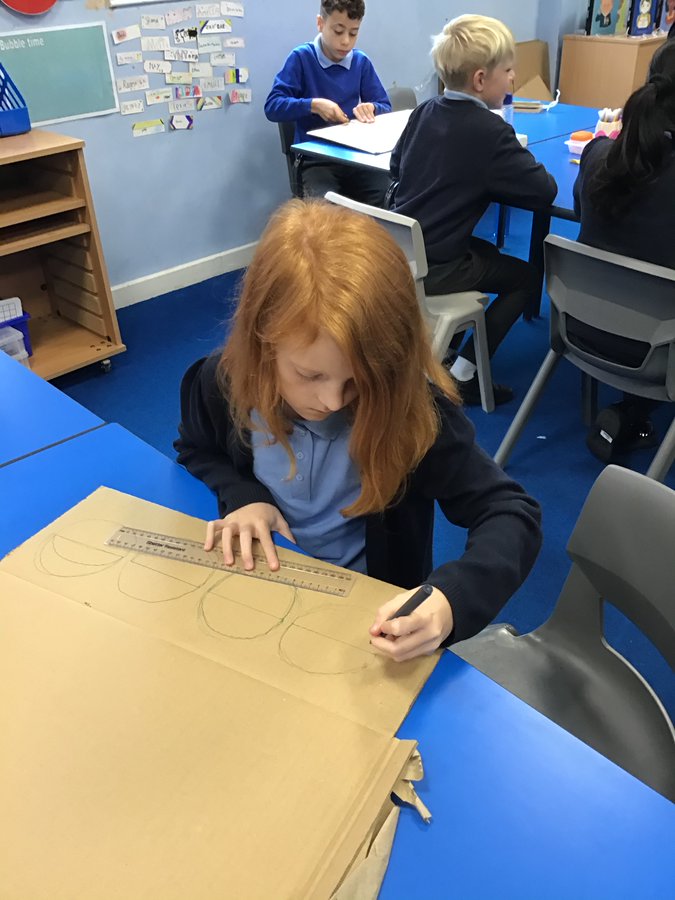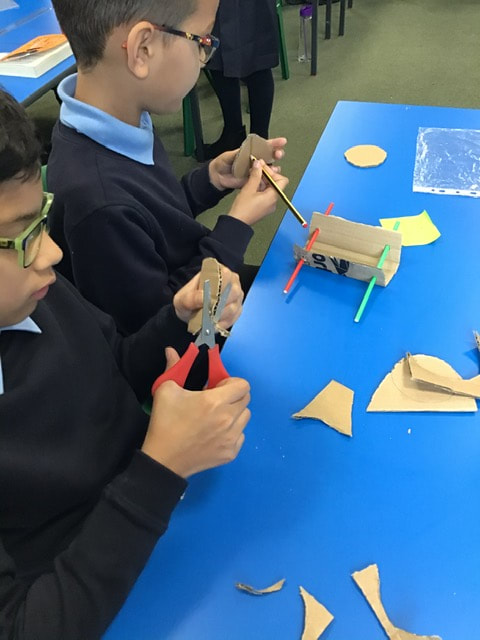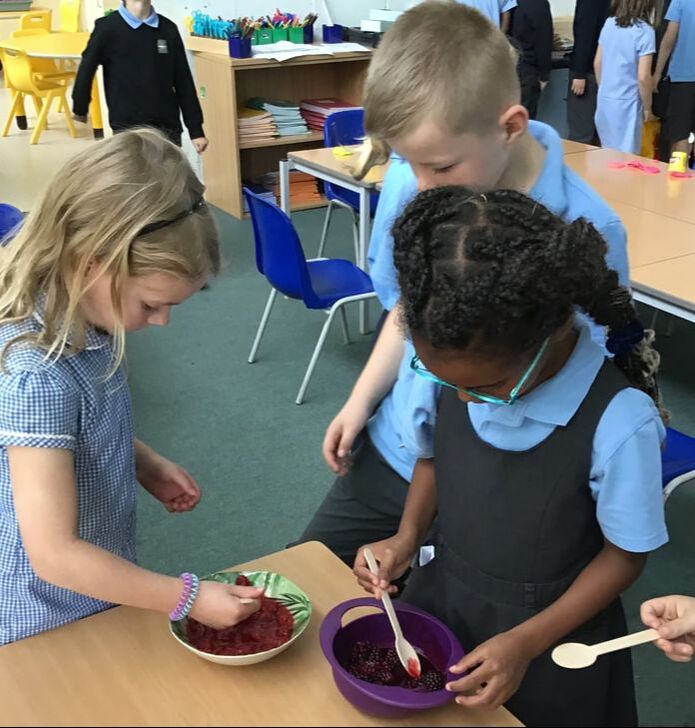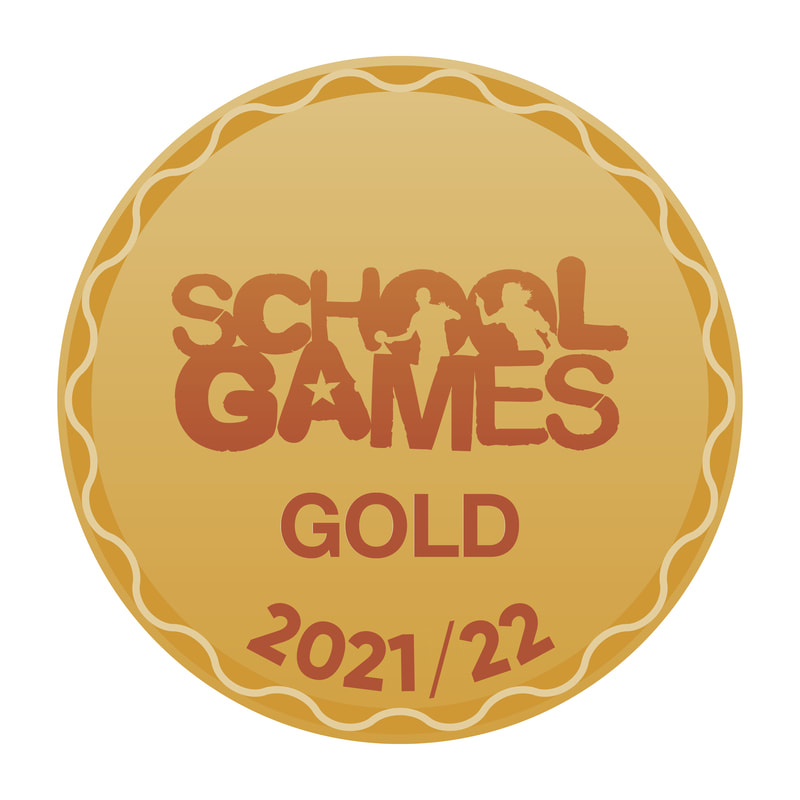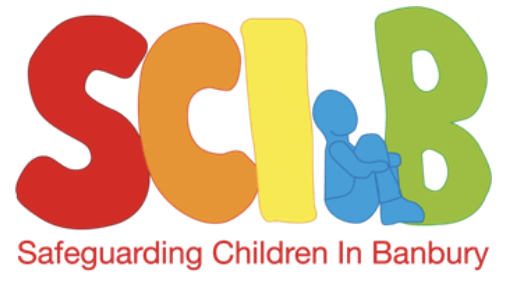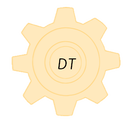
We intend Design and Technology to be creative and practical and provide children with the chance to problem solve and develop their own creative ideas as individuals and as part of a team. We aim to provide our children with the opportunity to use their imagination to design and make products within a variety of contexts, to provide motivation and meaning to their learning.
Children will be taught a range of topics including; mechanisms, textiles, food technology, structures, and electrical systems (in Key Stage 2). Through hands-on, practical experiences we aim for children to leave Year 6 with some knowledge and skills of DT which will inspire children to be chefs, engineers, sculptures, carpenters, designers and architects. We recognise the important role of DT in preparing our children with skills for life which will enable them to be creative individuals as they become Active Learners, Active Leaders and Active Citizens.
As part of the Design and Technology curriculum primry aged pupils are required to participate in practical cooking sessions at school on a regular basis.
In Key Stage 1 pupils should be taught: To use the basic principles of a healthy and varied diet to prepare dishes
Understand where food comes from.
At Key stage 2 pupils should be taught: To understand and apply the principles of a healthy and varied diet. To prepare and cook a variety of predominantly savoury dishes using a range of cooking techniques. To understand seasonality and know where and how a variety of ingredients are grown, reared, caught and processed.
Children in EYFS and KS1 have a chance to cook in school. It is hoped that through cooking regularly at school, children will learn an essential life skill and become competent cooks. Children learn the theory as well as practical lessons and take their cooking home so they can share it with friends and family.
We want the children to begin to understand the principles of nutrition, healthy eating, seasonality and where their food comes from during their time with us. But most importantly we hope to instill in them an appreciation and love of real food and cooking, both offering them a vehicle for their creativity and teaching them a crucial life skill that will serve them well in the future.
We teach children about heritage and culture through food and cooking. Where possible, we try to link in special events in the calendar year – e.g. Easter and Christmas making cooking fun and relevant for the children. Cooking also links to other areas of the curriculum. Where possible, cross-curricular links are made – for example when learning about Ancient Greeks the children researched Greek ingredients and made a Greek dish using pitta bread.
We are both passionate about food and cooking and believe strongly that we should pass on our enthusiasm, knowledge and skills to the next generation. We are thrilled that the curriculum gives us that opportunity.
|
Links
Overview and Progression Documents
|
We are in the process of moving to Arbor. You will be able to use the Parent Portal and the App to make payments for trips and events, after school club and school meals.
St. Mary's Church of England (VC) Primary School Southam Road Banbury OX16 2EG
Headteacher: Victoria Woods
Tel/Fax: 01295 263026 Email [email protected]
Headteacher: Victoria Woods
Tel/Fax: 01295 263026 Email [email protected]

